When is the Leica M with built in EVF (Electronic Viewfinder) coming? Leica, a brand synonymous with luxury, precision, and photographic heritage, may be on the precipice of a transformative evolution here. How to make a Leica M model with built-in digital focusing mechanism has been poking around at the Leica campus for years. I speculate that Leica will come to offer a version of their Leica M with an EVF and the same thing as a traditional rangefinder.
They followed this philosophy with the Leica M11, they offered the choice of a traditional brass body in the silver chrome, and an aluminium body in the black. That said, the idea of a hybrid EVF and rangefinder excites me.
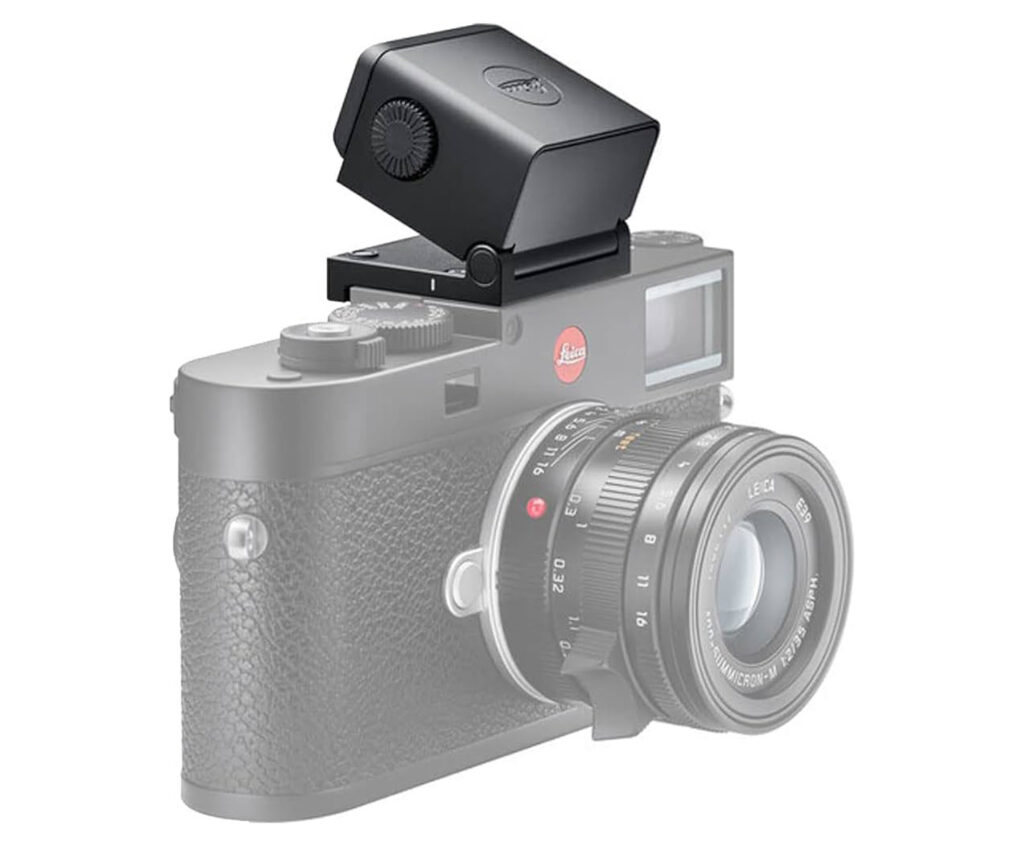
I, for one, wouldn’t buy the external EVF to put on my Leica which you can do already, as I don’t like the idea of adding an external accessory. Plus, I rarely, if ever focus and shoot with live-view. I like the pure, mechanical shooting experience of using a rangefinder through an optical viewfinder. So, the longstanding question remains: When will we see a Leica M model with a built-in Electronic Viewfinder (EVF)?
For years, the potential integration of a digital focusing mechanism into the iconic Leica M model has been the subject of intense speculation and excitement among the photographic community.
Take, for example, the Leica M11. Released in January 2022, it presented an intriguing mix of tradition and innovation. Its design was reminiscent of a high-end tech gadget, akin to a MacBook Pro. And, as I say, the choice between a classic brass body in silver chrome and a more modern aluminium body in black mirrors Leica’s philosophy: honouring the past while embracing the future.
Yet, one can’t help but wonder: Is the Leica M11 paving the way for a future model with an integrated EVF? The EVF2 accessory, designed for the M11, intriguingly aligns in size and design with the camera, hinting at the possibility of a seamless integration if the traditional rangefinder was omitted.
While some purists, myself included, would hesitate to replace the mechanical joys of a rangefinder with a digital alternative, it’s hard to ignore the advantages an EVF would bring.
Why an Integrated EVF Makes Sense for Leica
Real-time Previews
An EVF would show the exact image the sensor captures. In dynamic lighting, this means instant feedback and accurate exposure adjustments.
Enhanced Manual Focusing
An EVF could overcome some of the limitations of a rangefinder, especially in fast-paced scenarios.
Advanced Focus Technologies
Imagine the ease of achieving perfect focus in macro photography or shallow depth-of-field situations with built-in focus peaking and magnification. Great for use with the Leica Noctilux or telephotos too.
Why about a hybrid optical and EVF?
Now, Thorsten Overgaard’s insights shed light on the company’s historical ambivalence towards hybrid viewfinders. Such a system could potentially compromise the quality of both the optical and digital viewfinders.
Considerable resources were invested in researching a so-called “Hybrid Viewfinder” which is both an optical viewfinder where you see through optics (as you do in the traditional Leica M) and also have a layer of digital viewfinder on top of it – so that you can simply switch back and forth between optical viewfinder and fully digital viewfinder with a click. The conclusion Leica reached was that a hybrid viewfinder (as in for example Fujifilm X-Pro) would be a compromise: The quality of the OVF would be less than now, and the digital viewfinder wouldn’t pass the test either. Thus hybrid viewfinder is off the table and have been for years.
Thorsten Overgaard
Yet, the external EVF solutions Leica has offered, starting from the Leica M240 in 2013 to the current EVF2 for the M11, show a progressive interest in the technology.
Leica Society International sent out a survey about the long-rumored Leica M camera with a built-in EVF.
In a telling move, during a 2018 Leica Historical Society Meeting in Wetzlar, product manager Stefan Daniel posed a poignant question: “How many here would buy a Leica M with built-in EVF?” This is a clear indication that the idea had been circulating within Leica’s walls long before the M11’s unveiling.
However, Stefan Daniel added to this, emphasizing there will always be a rangefinder version. However, they are looking at opportunities to have a second model with a built in EVF. Hence I believe, they will never swap the rangefinder to EVF, but a second version alongside the rangefinder is very possible in the future.
Given the present trajectory, it seems plausible that a Leica M variant with an integrated EVF is on the horizon. Perhaps an M11P or M11E (E for Electronic) is in the works.
Challenges Ahead
Leica, however, faces a crucial dilemma. The brand has always prioritized camera body design. Introducing an integrated EVF would require a redesign that could compromise the camera’s sleek profile. And while a rangefinder will always be a cornerstone for Leica, a secondary model with a built-in EVF could be a strategic move.
Would Leica purists (like me) buy a Leica M with an EVF? Do we want it? The question remains: Is there a substantial demand for such a hybrid? Will the market warm up to an iconic M-series camera with digital enhancements?
As photographic technology hurtles forward, Leica finds itself at a crossroads. Balancing its esteemed legacy with the beckoning future will be the brand’s most intricate challenge yet. One thing is clear: As the horizon of photography widens, so too must the tools that capture it. Only time will tell where Leica’s journey will lead, but for now, the future looks promisingly electric.
As the landscape of photographic technology transforms, the instruments capturing these moments must evolve in tandem. At the heart of this discussion lies the potential of Leica, an esteemed camera brand deeply rooted in tradition, to embrace the future by integrating an electronic viewfinder (EVF) into its renowned M-series cameras, possibly shifting from its classic rangefinder focus.
While the rangefinder system is revered for its accuracy, tactile feedback, and adaptability across various lighting scenarios, it primarily utilizes the central part of the image frame. Newcomers often find its learning curve steep, particularly when aligning the dual images essential for focus. So I wonder, will an EVF be a smart marketing move by Leica to attract a new line of fans?
Furthermore, the framing technique in Leica’s M-series presents another challenge. Instead of offering a lens-based view, these cameras provide a direct viewpoint through a dedicated window on the body. Consequently, lens framing is represented by illuminated guidelines, which becomes significantly smaller as lens focal length grows.
The Leica M with EVF is a good idea at first thought. But is the demand really there? Furthermore, is it viable?













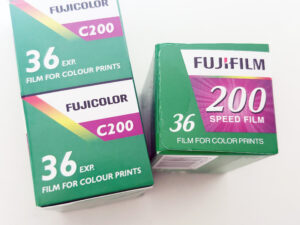






















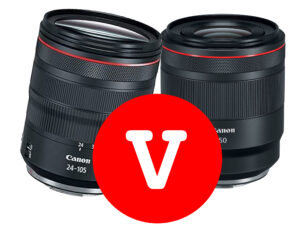

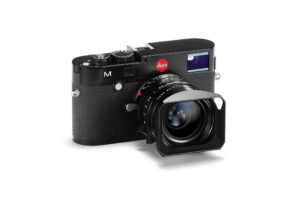






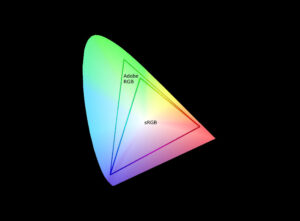























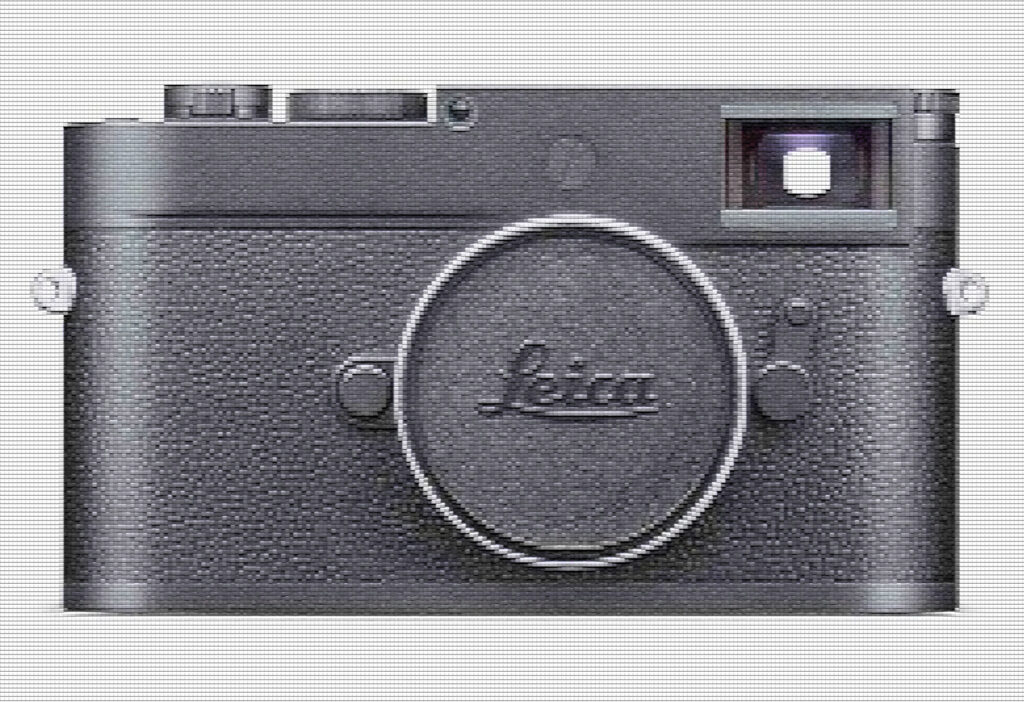


3 Responses
Coming from a Leica Cl I would welcome it. I have a leica iiig and see the limits of the rangefinder. How about a CLF. For full frame. Make it small and portable. L mount easily adapting m lenses.
I would for certainly buy a M-EVF. I sold my M10 and bought a CL ! I am much happier with the CL than the M. But I would love a full frame M-EVF
After many years using Fujifilm cameras only with m lenses, I chose Leica Q Monochrom because it was obviously the best solution for what I need presently . I’m very impressed with the level of perfection of this wonderful tool. It proves me that Leica is now ready to equipped an m with evf and I really hope it will happen soon.